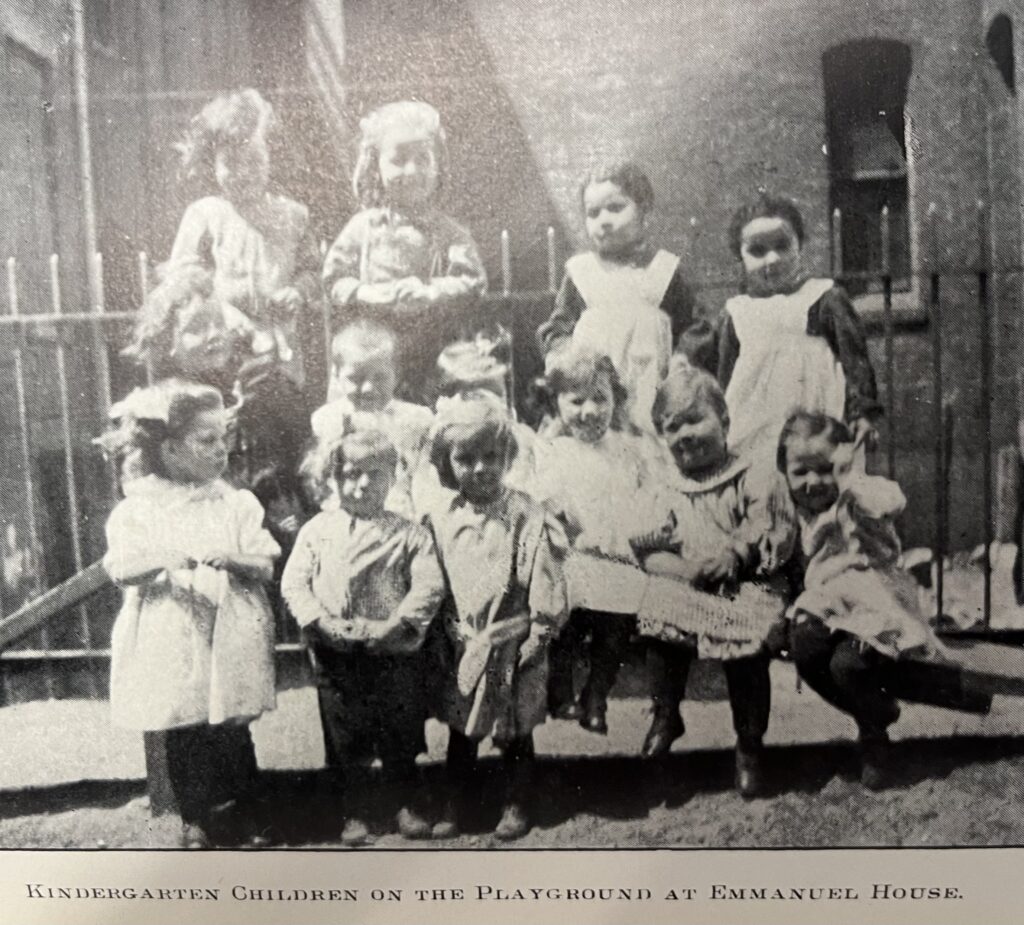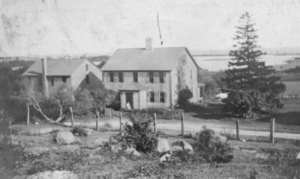1 July. The Rev. David Siegenthaler arrived to serve as curate under Rector R. G. Metters, then served for a year as priest in charge the next year, when Metters retired.
Renovations of the Parish House and Sanctuary, which had cost more that $115,000, were completed.
See also Timeline post: 2021









